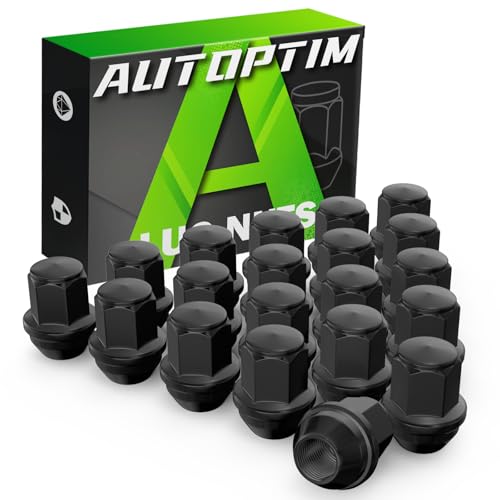One of the issues with lifters and 351Cs is the depth of the lifter bore and high lift cams, which is one of the reasons for lifter bore bushings. The depressed area around the lifter is where the oil flows from the oil gallery around and into the lifter and when the lifter comes up out of the bore too far the depressed area is exposed and the oil sprays into the valley, instead of being contained in the oiling system.
If the pictures I see of the Crower Cam Saver lifters are correct I would be concerned about the location of the depressed area. It seems to be higher than normal and very likely to extend up out of the lifter bore when on the cam lobe.
https://www.summitracing.com/parts/cro-66015x3-16/overview/make/ford
When you get the intake manifold off it would be interesting to see what the lifters look like when they are at the lobe peak, and if the depression is exposed, or how far from it. If the chamfers are deeper on some of the lifter bores they may be a problem.














































